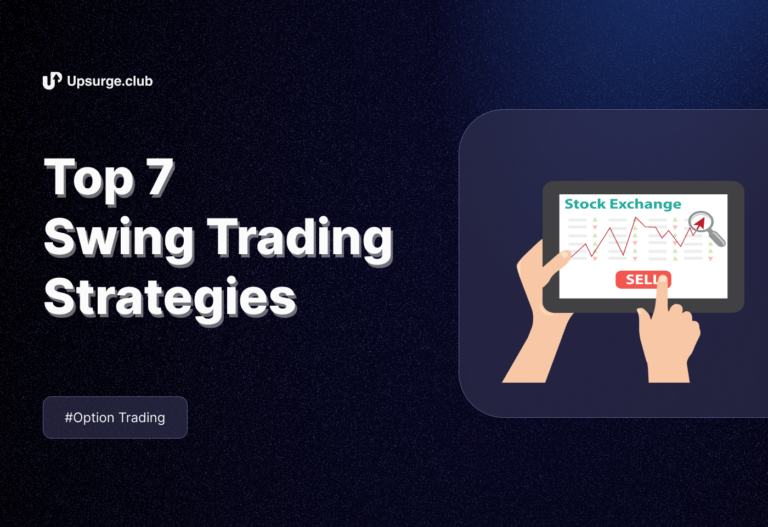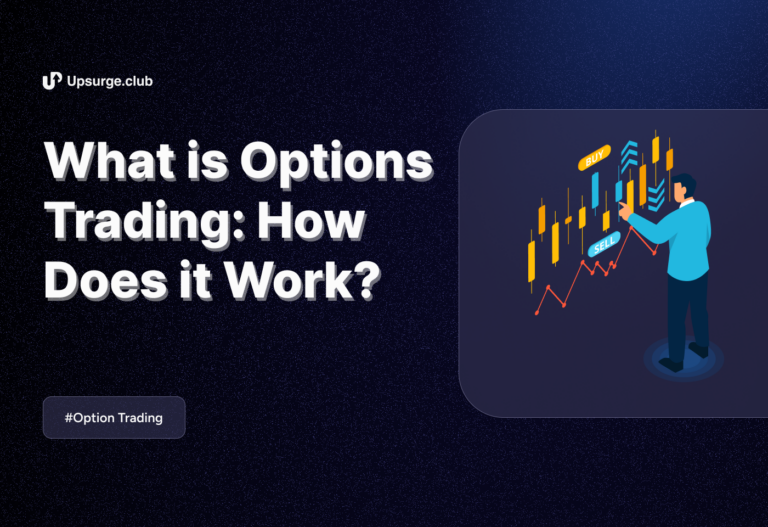As an options trader, it’s essential to understand various strategies that can be employed to maximize profits and manage risks effectively. Traders often come across two popular options trading strategies: the straddle and strangle. While both strategies involve buying and selling options, their approach and potential outcomes differ. In this blog, we will explain the key differences between a straddle and a strangle strategy, helping you better understand these options trading techniques.
What is a Straddle?
A straddle is an options strategy that involves buying or selling a call option and a put option with the same strike price and expiration date. The straddle strategy is typically implemented when traders expect a significant price movement in the underlying asset but are still determining the direction of the movement.
Source: Investopedia
Components of a Straddle
- Call Option: When purchasing a call option, the buyer is given the choice – but not the obligation – to purchase the underlying asset at the strike price within a predetermined time frame.
- Put Option: A put option offers the buyer the right, but not the responsibility, to sell the underlying asset at the strike price within a predetermined time frame.
By combining the call and put options in a straddle, traders aim to profit from the anticipated volatility in the underlying asset’s price.
What is a Strangle?
A strangle is another options trading strategy that involves buying or selling a call option and a put option, similar to a straddle. However, unlike a straddle, a strangle different strike prices for the call-and-put options.
Source: StockManiacs
Components of a Strangle
- Call Option: When purchasing a call option, the buyer is given the choice – but not the obligation – to purchase the underlying asset at the strike price within a predetermined time frame.
- Put Option: A put option offers the buyer the right, but not the responsibility, to sell the underlying asset at the strike price within a predetermined time frame.
In a strangle strategy, the call option’s strike price is typically higher than the put option’s strike price. This difference in strike prices allows traders to capitalize on potential price movements while giving them more flexibility in terms of cost compared to a straddle.
The Key Differences
Now that we have a basic understanding of both the straddle and strangle strategies let’s explore their key differences:
- Strike Prices
The call and put options have the same strike price in a straddle. On the other hand, a strangle has different strike prices for the call and put options.
- Cost
Since a straddle involves options with the same strike price, it tends to be more expensive than a strangle. A strangle strategy, with different strike prices, offers traders a relatively lower cost of entry.
- Profit Potential
Both strategies aim to profit from price volatility, but the profit potential differs. In a straddle, traders expect a significant price movement in either direction. In contrast, in a strangle, traders anticipate a larger price movement in either direction but with a wider range of possible outcomes.
- Risk and Reward
The risk and reward profile of each strategy also varies. A straddle offers limited risk and unlimited profit potential, while a strangle provides limited risk and profit.
Conclusion
Understanding the differences between the straddle and strangle strategies is crucial for options traders. Both strategies offer unique opportunities to capitalize on price volatility. Still, cost, profit potential, risk, and reward vary.
If you are interested in learning more about options trading strategies, explore Upsurge.club’s course on Most Effective Options Trading Strategies. This course provides in-depth knowledge and practical insights into various options trading techniques. Hence, empowering you to make informed trading decisions and enhance your trading performance.



